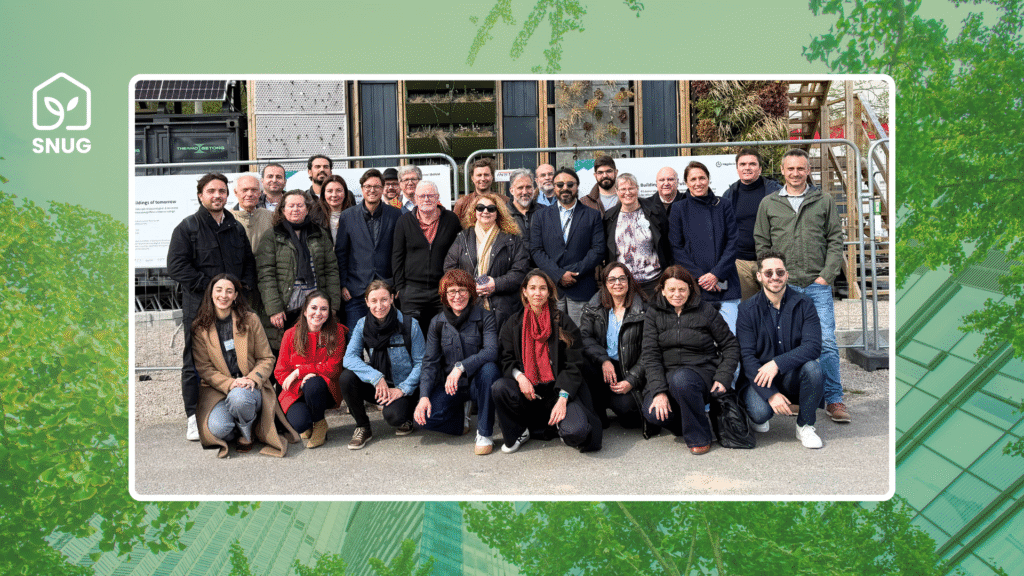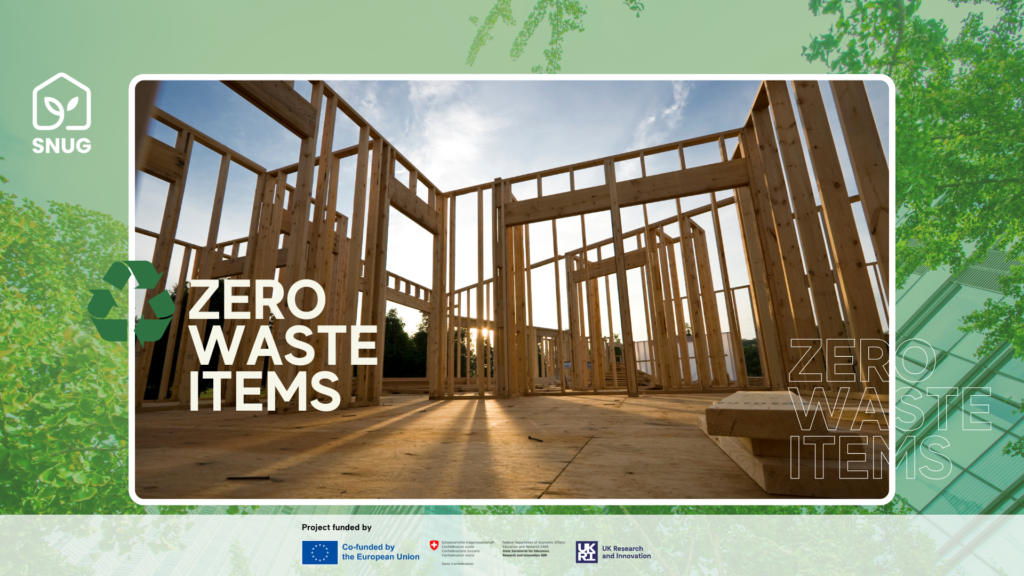Building a Greener Future: Tackling Energy Poverty and Emissions with Innovative Construction
The rising cost of electricity and growing concerns about energy poverty are dominating headlines. But what if we could build our way out of these challenges while simultaneously addressing climate change? That’s precisely what the SNUG – European Union project, aims to achieve.
Recently, COPE engaged in an insightful conversation with Carlos Rodríguez, a sustainability expert from the Centro Tecnológico de la Construcción (CTCON), to explore this project. Carlos emphasized the project’s core objectives, stating, ‘Thermal insulation for buildings must meet three key objectives: high performance, low environmental impact, and affordable cost. Within the Horizon Europe SNUG EU project, we are actively developing solutions that fulfill these criteria, alongside an innovative digital tool designed for the creation of low-emission buildings.’ This interview broadcast, provided a glimpse into the impactful work being conducted by CTCON through the SNUG EU project. The project’s focus on developing accessible, high-performance, and environmentally friendly building solutions, coupled with a cutting-edge digital design tool, signals a significant stride towards a more sustainable and equitable future. The following is a detailed breakdown of the conversation, highlighting the progress and potential impact of the SNUG EU project.
The Genesis of SNUG: A Sustainable Construction Revolution
The project, known as SNUG, was born from the European Union’s ambitious goal to significantly reduce greenhouse gas emissions. Recognizing that the construction sector contributes a staggering 35% of global emissions, with cement production alone accounting for 8%, SNUG seeks to revolutionize the industry.
“The main objective is to revolutionize the sector from the perspective of sustainability and CO2 emissions reduction, considering the entire lifecycle of a building,” Carlos explained. This includes everything from the production of materials to the building’s eventual demolition.
Addressing Energy Poverty Through Innovation
A key aspect of SNUG is its focus on combating energy poverty. The project is developing high-performance, cost-effective thermal insulation products with a low environmental impact.
“We are developing several high-performance thermal insulation products that have a low environmental impact and are cost-effective,” Carlos elaborated. This includes bio-based panels for facades and roofs, cellular concrete blocks, various types of aerogels, and mortars. These innovative materials are designed to match or exceed the thermal performance of existing products while significantly reducing their carbon footprint.
Image credits: Canva Pro
A Digital Tool for Sustainable Design
Alongside material innovation, SNUG is developing a digital tool to assist in the design of low-emission buildings throughout their lifecycle. This tool will enable designers to select the most suitable combination of materials and construction elements to maximize energy efficiency and minimize greenhouse gas emissions.
“This could be a revolution for the sector since the tool is designed to help designers select the most suitable combination of materials and construction elements to maximize energy efficiency and minimize greenhouse gas emissions while considering the entire building lifecycle,” Carlos said.
Unlike current practices, this tool will incorporate new parameters, such as the environmental impact of materials, including embedded CO2 and recyclability. This holistic approach will provide building developers and designers with a comprehensive understanding of a building’s environmental footprint.
A Collaborative European Effort
The SNUG project is a collaborative effort involving 17 partners from 11 European Union countries. With a budget of approximately €7,300,000 and an expected duration of 42 months, the project brings together companies, research centers, and standardization and certification entities to cover the entire value chain.
Bringing Innovation to Life: Demonstration Buildings
To demonstrate the effectiveness of these innovative solutions, three demonstration buildings will begin construction next year in Norway, Switzerland, and Spain. These buildings will serve as real-world testbeds for the new materials and digital tools.
“The idea is for these three buildings to be completed by the end of the year, where all these new solutions and the digital tool will be tested,” Carlos confirmed.
A Brighter, Greener Future
The SNUG project represents a significant step towards a more sustainable and equitable future. By tackling energy poverty and reducing greenhouse gas emissions through innovative construction practices, this initiative has the potential to transform the building sector and create a lasting positive impact on our planet.
The SNUG project acknowledges and appreciates the significant efforts being made by the Construction Technology Center and all our partners involved in this vital initiative. We look forward to seeing these innovative solutions become a reality and contribute to a brighter, greener future for all.
Radio Interview available here
















